Judith writes:
WEAD, (Women Eco Artists Dialog) and Yolo ARTS set my Clean Sweep into motion. For an artist, the greatest reward is to have an idea, then have the opportunity to realize it. On March 10, I was rewarded in spades brooms at the Barn Gallery, located at the Gibson House and Property in Woodland, CA .
WEAD, (Women Eco Artists Dialog) and Yolo ARTS set my Clean Sweep into motion. For an artist, the greatest reward is to have an idea, then have the opportunity to realize it. On March 10, I was rewarded in spades brooms at the Barn Gallery, located at the Gibson House and Property in Woodland, CA .
In Women Eco Artists Dialog: The Legacy of Jo Hanson, I join forces with my WEAD colleagues continuing the work that Jo Hanson inspired. Exhibition Guide.
For years, Jo has been an abiding inspiration for my “planetary housekeeping” efforts. The iconic image of her "clean sweep" of the sidewalk in front of her San Francisco home prompted my Clean Sweep an arrangement of brooms and a colorful mess of polypropylene, nylon, braided and twisted fishing ropes collected from Kehoe Beach in the Point Reyes National Seashore.
Jo Hanson was buried March 17, 2007 at the Mary Magdelena Catholic Cemetery in Bolinas (formerly Briones Graveyard established in 1853). Old tombstones dating back to the late 1800’s grace the bucolic churchyard. In the Druid section of the historic cemetery, under the enormous stretch of a vast eucalyptus tree, in a plot she had selected, she was laid to rest.
It was a scene right out of “Crab Orchard Cemetery,” the unprecedented installation she first exhibited in 1974 at the Corcoran Gallery of Art, Washington D.C.
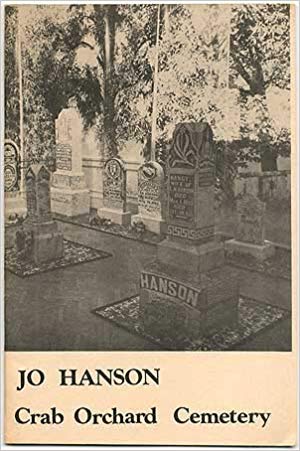
Jo Hanson was a mother, an art mother and an earth mother. In her life she showed the way to a sustainable art practice, to a definition of eco-art.
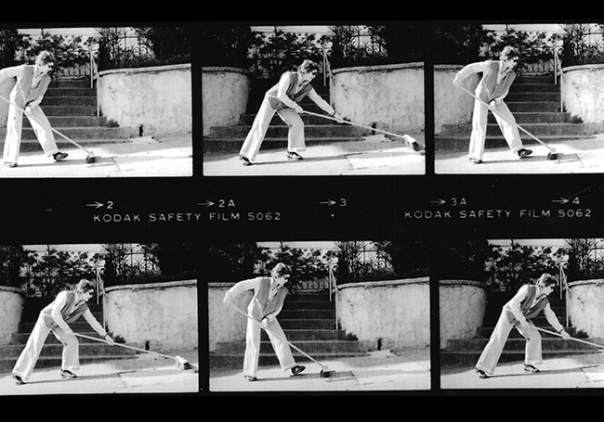
Her daily sweep of the block outside her San Francisco home and her catalog of findings is an extraordinary accumulation of trash as art and social documentary. In 1990 at the SF City Dump (now Recology) she established an artist-in-residency program that continues today. In 1996 with Susan Liebowitz Steinmen she was a co-founder and co-producer of WEAD that lives on as an online resource and offers exhibition opportunites.
Jo has had a simple yet profound influence on my life and my thoughts about death.
In life her daily sidewalk sweep as an example of — do something everyday — in the small accumulation of actions, one can make a difference — do it right where you are — you don’t have to boil the ocean or to go to the ends of the earth: the sidewalk, the gutter, anyplace can be a site of attention.
In her death, she showed the way to a new kind of burial: direct, in the earth. So eloquent, so effortless.
Her small body wrapped in a cotton shroud laid on a plain board. There was no casket, no elaborations. After family, friends, and fans spoke about her exemplary life and her message of love, she was gently lowered into the dirt grave. Everyone helped with the burial, adding handfuls and shovelfuls of dirt.
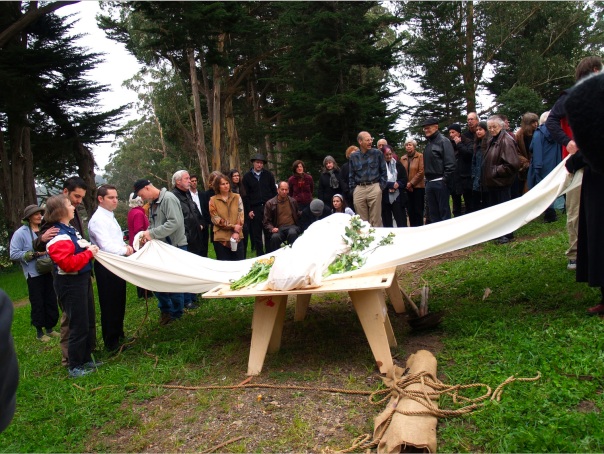
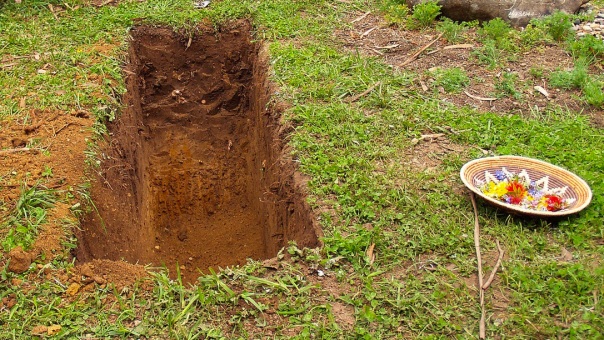
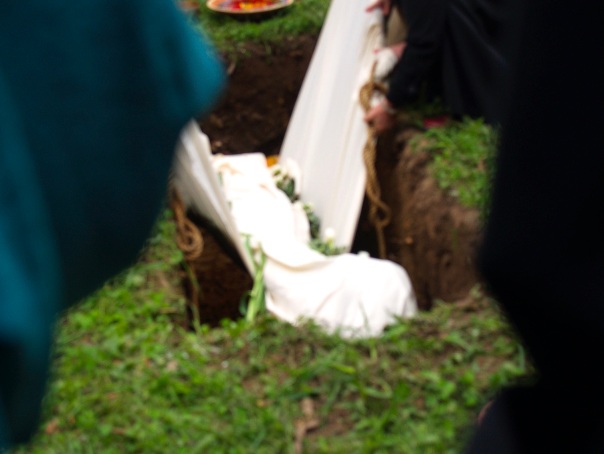
Jo Hanson — an exemplar in her death as she was in life. Thank you, Jo!
<><><><><><><><><><><><><>
UPDATE APRIL 14, 2020
The exhibition is temporarily closed and hopes to reopen as soon as COVID restrictions are lifted. The exhibit is extended until August 22. The reception and the workshops will be rescheduled.
<><><><><><><><><><><><><>
UPDATE MAY 13, 2020
It was an incredible honor to be asked to present a Knowledge@Noon for Yolo Arts in conjunction with the WEAD exhibit The Legacy of Jo Hanson. Preparing for the talk took me on an incredible journey: retrieving photographs of her funeral from the Smithsonian Archives of American Art, visiting the Briones Graveyard in Bolinas where Jo is buried, reconnecting with Deborah Munk, director of the Recology Artist in Residence Program and getting permission from Jamil Hellu to use his photographs of Jo’s notebooks and from David Rozelle at SFMOMA to use the photograph There are Many Manshions.
PLUS, PLUS, PLUS, it gave me the opportunity to express my appreciation for Jo’s abiding influence.


